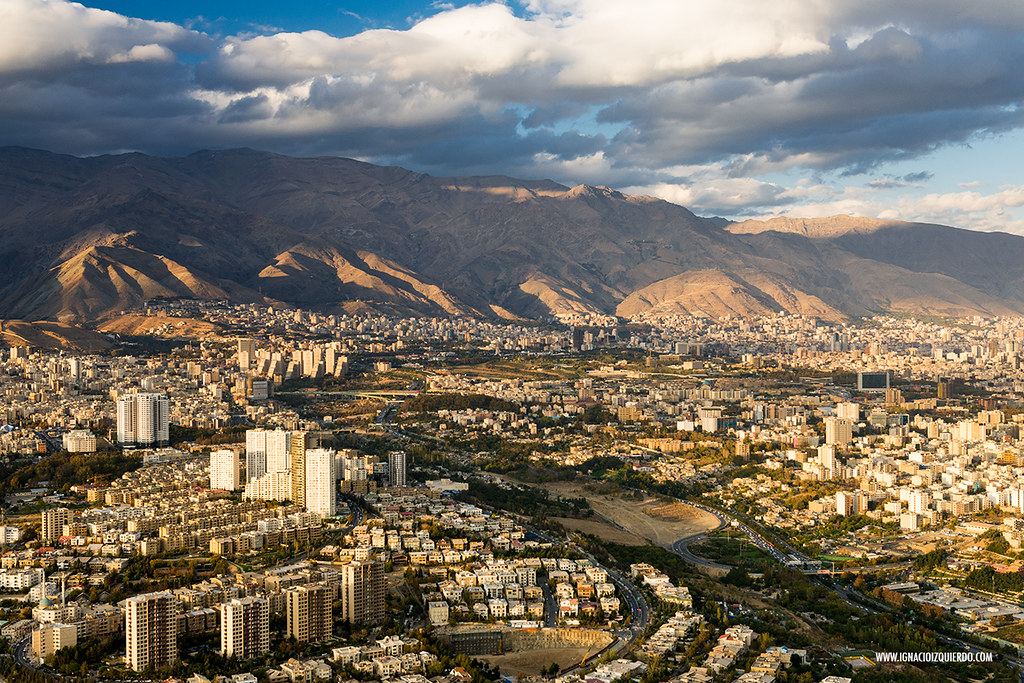
Introduction
Tehran, the capital city of Iran, stands as a significant hub of culture, politics, and history in the Middle East. With a population exceeding 8 million, it is the most populous city in Iran and serves as an essential center for commerce, education, and arts. Recent developments and events in Tehran have garnered international attention, making it increasingly relevant to global affairs.
The Cultural Landscape of Tehran
Tehran boasts a vibrant tapestry of cultural and historical sites that reflect its long and varied history. Landmarks such as the Golestan Palace, a UNESCO World Heritage site, and the National Museum of Iran highlight the city’s rich heritage, dating back thousands of years. Additionally, Tehran is home to bustling bazaars, contemporary art galleries, and a lively café culture that embodies the dynamic spirit of its people.
Recent Political Developments
In recent months, Tehran has been at the forefront of geopolitical discussions, particularly concerning Iran’s nuclear program and its impact on international relations. Notably, the Iranian government has been engaged in negotiations with world powers to reinstate the 2015 nuclear deal, which had significant implications for regional stability and economic sanctions. These talks, however, have been met with mixed reactions both domestically and internationally, highlighting the complexities of governance in Tehran.
Social Changes and Challenges
In addition to its political landscape, Tehran is experiencing social transformations. Issues pertaining to women’s rights, environmental concerns, and economic challenges are becoming increasingly prominent. Recent protests in the city have drawn attention to calls for reform and greater freedoms, demonstrating the changing attitudes among the city’s youth and the population at large.
Conclusion
Tehran remains a pivotal city not only in Iran but also on the world stage. Its unique blend of history, culture, and contemporary political issues renders it a crucial subject for analysis and understanding of the region’s dynamics. As negotiations over its nuclear future continue and internal social changes unfold, Tehran’s role as a key player in Middle Eastern politics is expected to evolve further. Citizens of Tehran and observers worldwide are keenly watching how the interplay of tradition and modernity will shape the city’s future.



